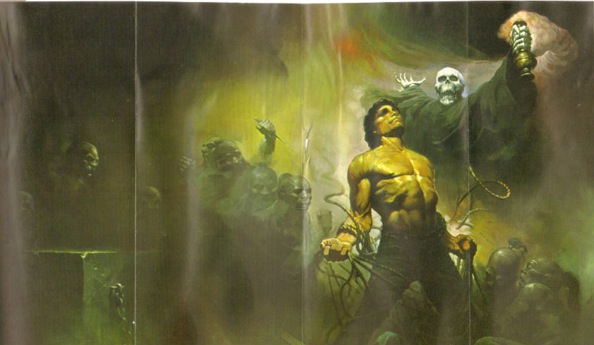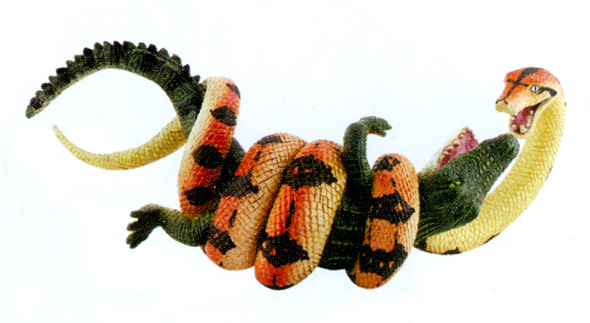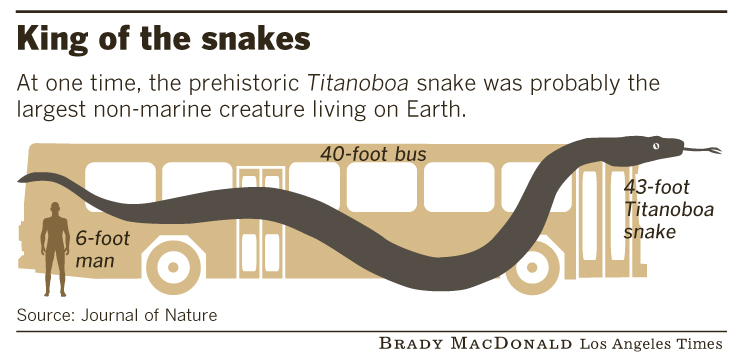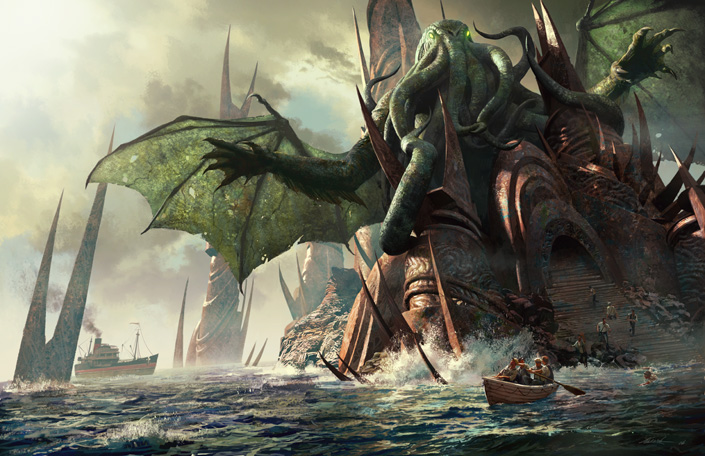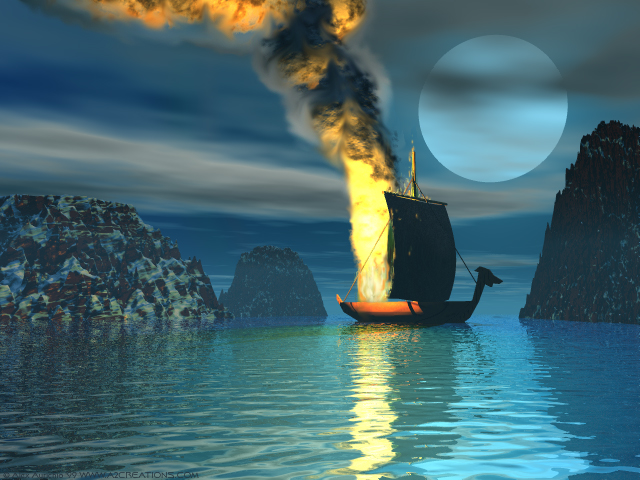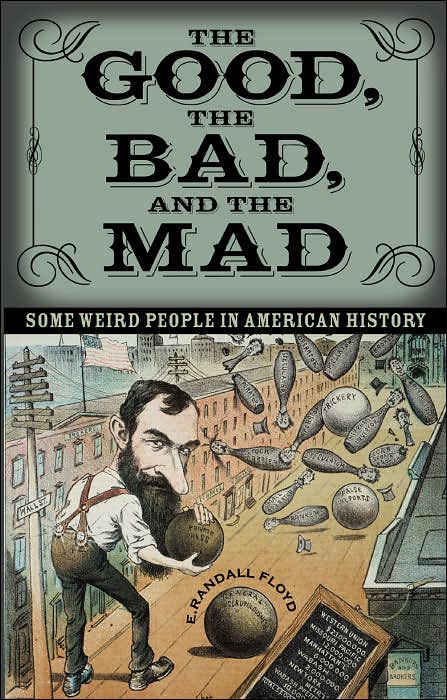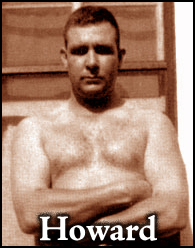Longtime fantasy and sci-fi rare bookseller Barry R. Levin, based in Santa Monica, California, has put on offer the typescript for Robert E. Howard’s Conan tale “Black Colossus,” signed in ink and inscribed to H. P. Lovecraft’s good friend Robert Barlow, another famous suicide in fantasy circles. The asking price of $125,000 seems incredibly steep, but if someone pulls the trigger and grabs it, the sale will vault Howard collecting into an entirely new stratosphere.
To put this into perspective, in 2001 I purchased what was then only the seventh known surviving copy of Howard’s first hardcover book, A Gent From Bear Creek, for $4000 — that copy now sits in the Robert E. Howard Museum in Cross Plains. In the years since other extant copies of Bear Creek have been found, bringing the total to twelve — in 2006 one of those copies sold, in much worse condition than mine, for $8000 (lots of information about these books has been published in The Cimmerian, most prominently in V3n8).
I know of another Howard signature (in full, in pencil, on an original Howard photo) that was recently on sale for around $10,000. The single most expensive Howard-related sale I’ve ever heard of was when the same Barry Levin who now owns “Black Colossus” unloaded the original Margaret Brundage painting for the August 1934 Weird Tales (featuring Howard’s “The Devil in Iron,” with a snake wrapped around Conan) to a private collector for $65,000. If the typescript for one of Howard’s middle-to-better Conan stories sells for $125,000, all records will be smashed, and my guess is that many other items will have their sale prices rise accordingly. With the recent news, broke in The Cimmerian earlier this year, that Robert E. Howard is set to be added to the exclusive all-star lineup of authors featured in The Library of America, it would seem that his reputation and legacy are entering an even more rarefied phase.
As Levin’s bookstore is only fifteen minutes away from where I live, I may have to drop in and take a look at the “Black Colossus” typescript. Back when he was selling the Brundage painting, I visited the shop with Howardists Ed Waterman and Jim Keegan, and it was way cool seeing that large chalk masterpiece in the original. It was very large, and the slightest bit blurred due to the chalk shifting under the glass over the decades, but the colors were still gloriously vibrant.
